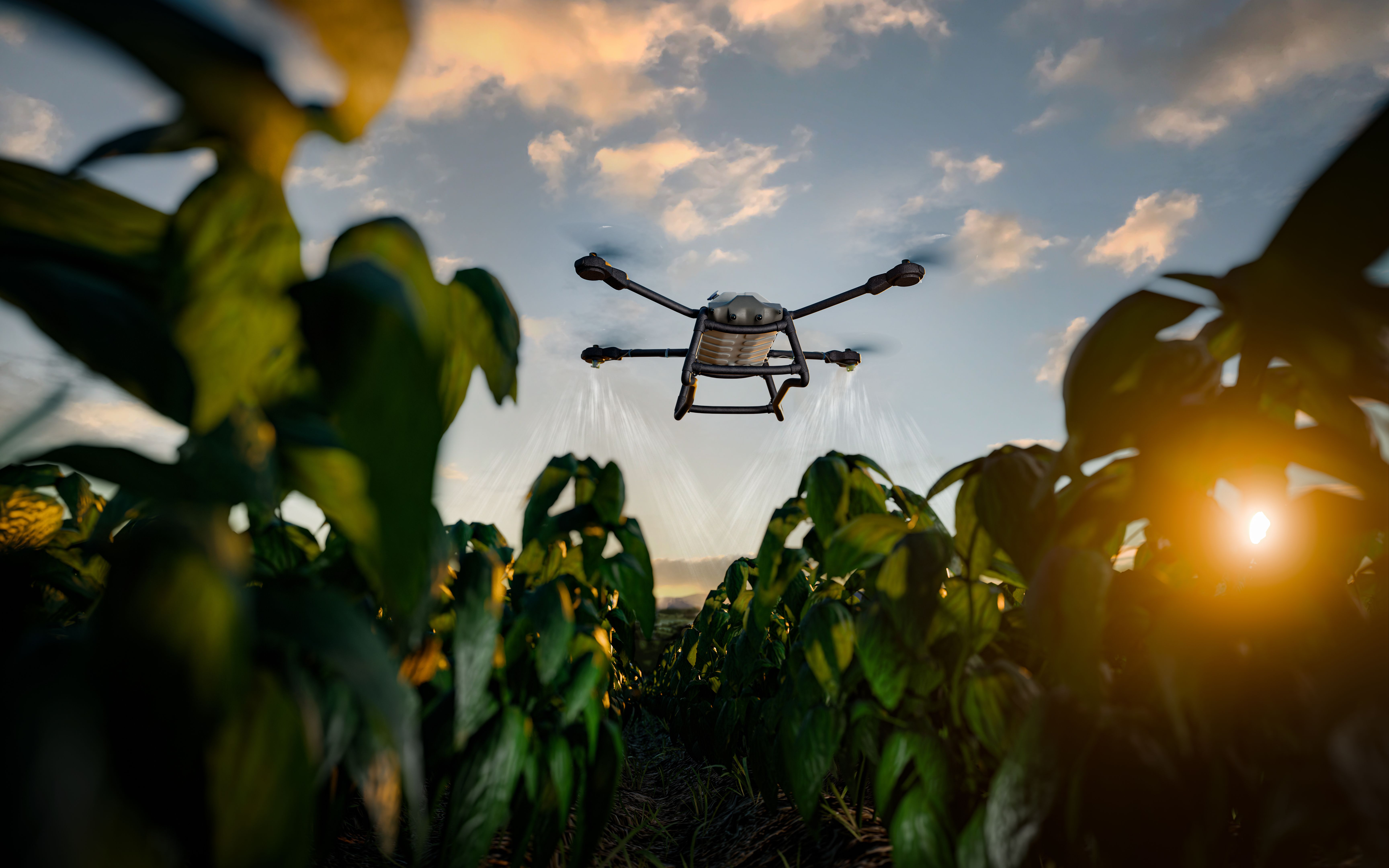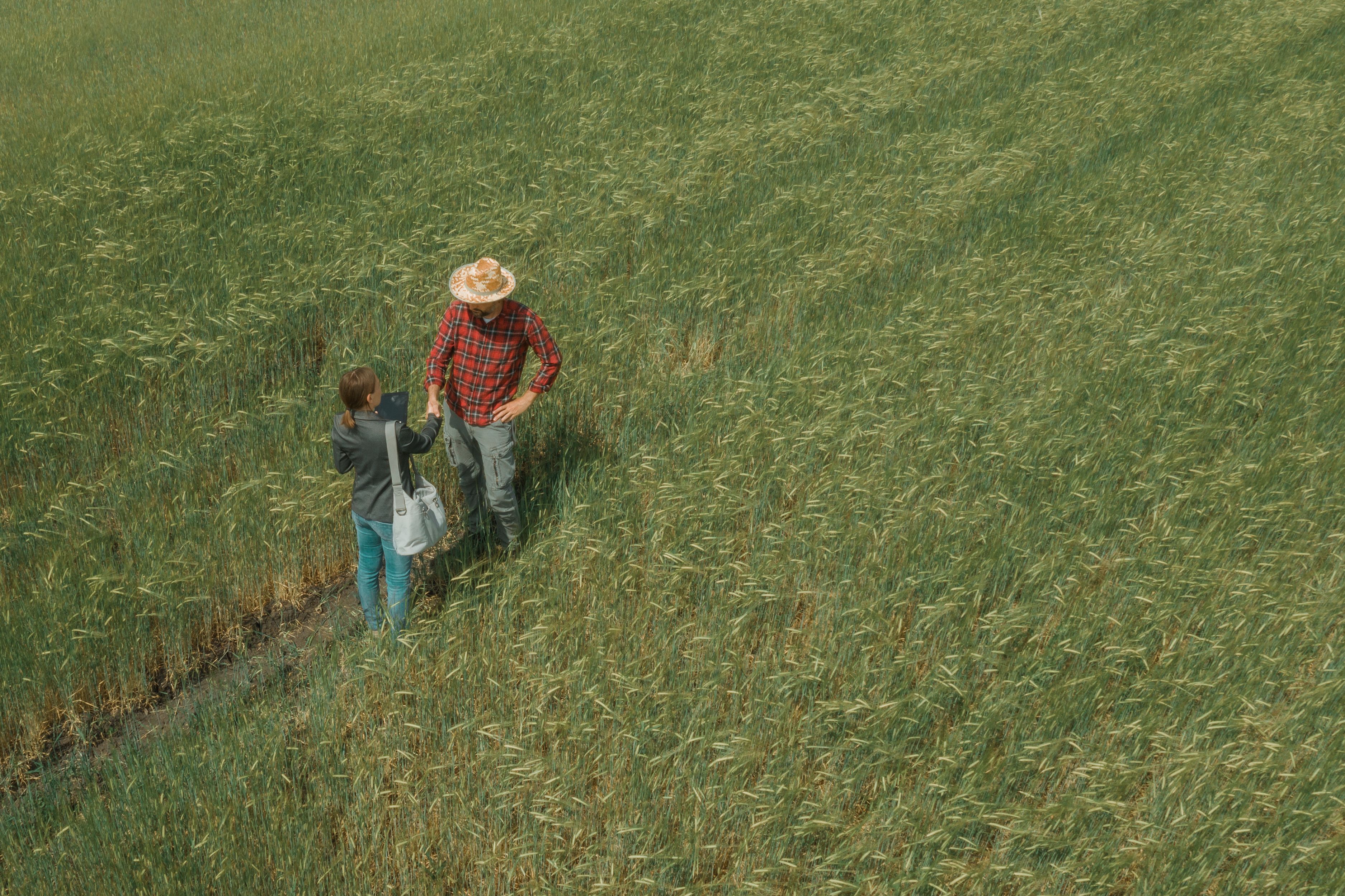Pioneering Agricultural Innovations and the Role of Business Banks in Sustainable Farming
Introduction to Agricultural Innovations
In recent years, the agricultural sector has witnessed a surge of groundbreaking innovations aimed at enhancing productivity while promoting sustainability. From precision farming to vertical agriculture, these innovations are reshaping the way we grow food and manage resources. As the global population continues to rise, the demand for efficient and sustainable farming practices becomes increasingly imperative.
Technological advancements such as drones, AI-driven analytics, and IoT devices have empowered farmers to monitor crops and soil conditions with unprecedented accuracy. These tools not only boost yields but also minimize waste, ensuring that resources are used judiciously. Such progress sets the stage for a more sustainable future in agriculture.

The Role of Business Banks
Business banks play a pivotal role in advancing agricultural innovations by providing essential financial services tailored to the unique needs of the farming industry. By offering loans, lines of credit, and investment opportunities, banks enable farmers to invest in cutting-edge technologies that enhance productivity and promote sustainability.
Furthermore, business banks often serve as intermediaries between farmers and government or international funding programs. By facilitating access to grants and subsidies, they help farmers overcome financial barriers and adopt innovative practices that would otherwise be out of reach.

Financing Sustainable Farming
Sustainable farming practices require significant capital investment, which can be a substantial hurdle for many farmers. Business banks are instrumental in bridging this gap by offering specialized financial products that support environmentally friendly initiatives. These products are designed to encourage practices such as crop rotation, organic farming, and the use of renewable energy sources.
For instance, some banks provide green loans with favorable terms for projects that demonstrate a commitment to sustainability. By prioritizing financial products that support eco-friendly initiatives, banks not only aid farmers but also contribute to broader environmental goals.
Collaborative Efforts for a Greener Future
Collaboration between business banks, agricultural innovators, and farmers is crucial for the successful implementation of sustainable farming practices. Banks can facilitate partnerships between farmers and technology providers, ensuring that the latest advancements are accessible to those who need them most.
Moreover, by sponsoring research and development in agricultural technology, business banks can drive innovation forward. These collaborative efforts create a synergy that propels the agricultural sector toward a greener and more sustainable future.

The Impact on Global Food Security
The integration of innovative technologies and sustainable practices in agriculture has significant implications for global food security. By improving efficiency and reducing waste, these advancements ensure a more stable food supply chain capable of meeting the demands of a growing population.
Business banks, by financing and supporting these innovations, contribute directly to enhancing food security worldwide. Their role in this ecosystem is pivotal in ensuring that technological advancements translate into real-world solutions that benefit both producers and consumers alike.
Conclusion
Pioneering agricultural innovations are essential for creating a sustainable future, and business banks are vital partners in this journey. By providing financial support and facilitating collaborations, they empower farmers to embrace new technologies and practices that benefit both the environment and the global food supply.
As we move forward, the continued involvement of business banks will be crucial in developing a resilient agricultural sector capable of thriving amid the challenges of climate change and resource scarcity. Together, they pave the way for a sustainable and secure future in agriculture.